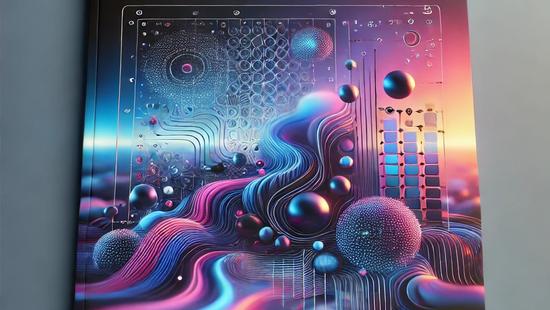

Unlocking the Power of ComfyUI SD3
In the world of generative AI, ComfyUI has emerged as a highly versatile graphical interface, offering unprecedented control over workflows. Meanwhile, Stable Diffusion 3 (SD3) represents the cutting-edge in image generation, capable of delivering ultra-realistic and highly detailed outputs. This article explores how ComfyUI SD3 can be harnessed to achieve superior results, offering practical steps, optimization tips, and potential applications.
What is ComfyUI?
ComfyUI is a node-based tool designed to simplify and enhance the workflow of generative AI models like Stable Diffusion. With its intuitive drag-and-drop interface, it enables users to fine-tune parameters, integrate custom models, and execute complex image-generation tasks without extensive coding skills.
Key Features of Stable Diffusion 3 (SD3)
Stable Diffusion 3 stands out due to its remarkable improvements over earlier versions:
- Enhanced Resolution: SD3 supports generating images with resolutions of 1024×1024 and beyond.
- Advanced Text Understanding: Equipped with powerful text encoders like T5-XXL, SD3 can interpret complex prompts with exceptional accuracy.
- Optimized Performance: Multiple model variants (Large, Turbo, and Medium) cater to different hardware configurations, from high-end GPUs to low-VRAM setups.
How to Use ComfyUI with SD3
Step 1: Update ComfyUI
Ensure your ComfyUI is up-to-date to support the latest SD3 features. Use the built-in update manager and restart the tool to apply changes.
Step 2: Download SD3 Models
Visit trusted platforms like Hugging Face to download SD3 model files (.safetensors). Place these in the ComfyUI/models/checkpoints directory.
Step 3: Install Required Encoders
Download essential text encoders, such as clip_g.safetensors and t5xxl_fp16.safetensors, and save them in the ComfyUI/models/clip folder. For memory-constrained systems, quantized versions like t5xxl_fp8 are ideal.
Step 4: Load a Workflow
Pre-configured SD3 workflows can be downloaded from online communities or official resources. Import these JSON files into ComfyUI by simply dragging and dropping. Customize nodes like KSampler for optimal results, adjusting parameters such as:
- CFG Scale: 4.5 (recommended for detailed results)
- Steps: 28–40
- Sampler: Euler or SGM Uniform.
Step 5: Start Generating Images
After setting up, input your prompt and click "Queue Prompt" to generate stunning, high-resolution images.
Tips for Optimizing ComfyUI SD3
- Choose the Right Model Variant
For lower VRAM setups, SD3 Turbo or quantized versions like GGUF are ideal as they consume less memory without sacrificing quality. - Craft Detailed Prompts
Adding descriptors such as “cinematic lighting” or “vintage art style” enhances the image output. For instance, a detailed prompt like “a cinematic portrait of a knight in glowing armor under moonlight” will yield richer results【9】. - Experiment with Resolutions
While 1024×1024 is the default, ComfyUI allows for custom resolutions tailored to specific project needs, such as 1152×896 or 1344×768.
Applications of ComfyUI SD3
- Digital Art Creation
Artists can leverage SD3’s capabilities to produce high-quality illustrations, concept art, and graphic designs effortlessly. - Game Development
SD3’s realistic outputs are perfect for creating character models, landscapes, and other in-game assets. - Education and Research
Researchers and educators can use ComfyUI’s modular design to explore and demonstrate AI workflows in image generation.
Conclusion
Combining the strengths of ComfyUI and SD3, users can achieve unparalleled control and quality in AI-generated images. Whether you're a professional creator or an AI enthusiast, mastering ComfyUI SD3 opens up endless possibilities. Start today and unlock the potential of generative AI with this powerful pairing.